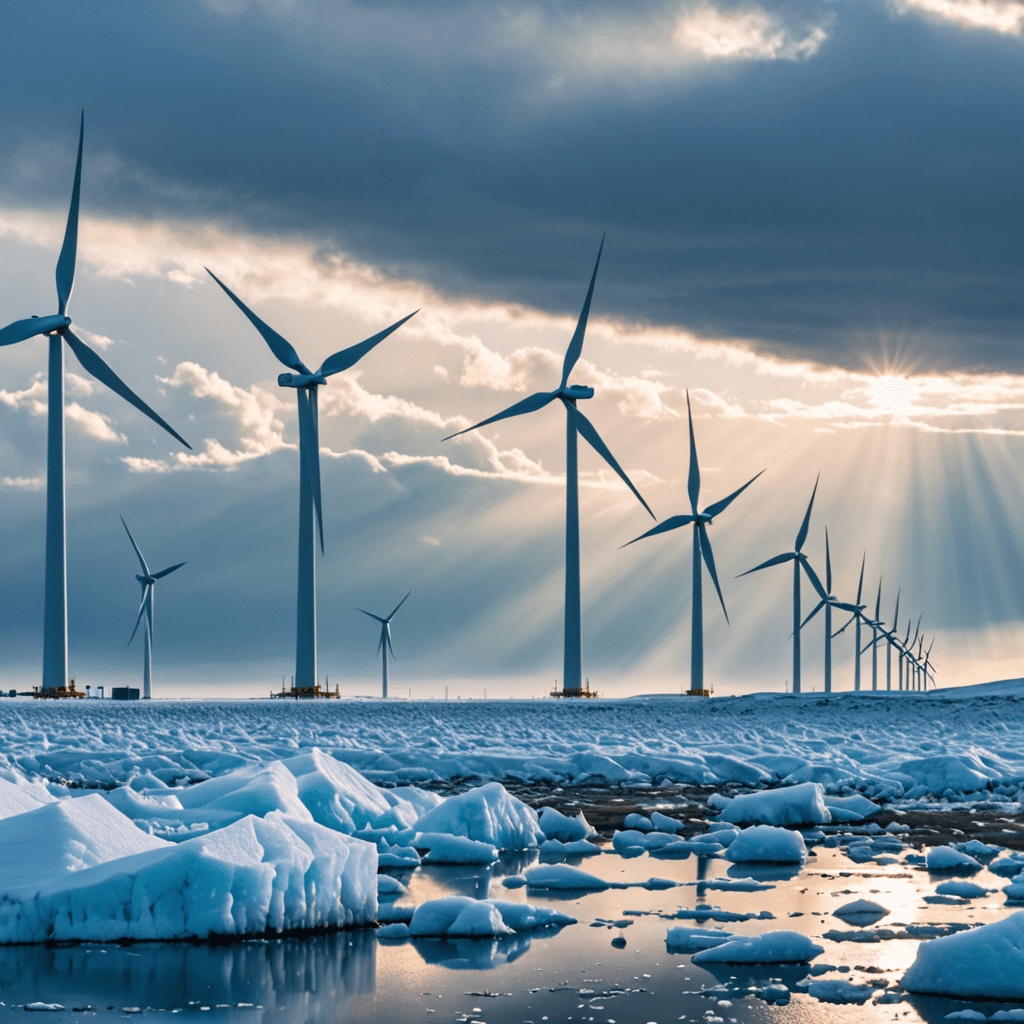
Wind Energy and Ice Throw Risk Mitigation Strategies
The Significance of Wind Energy
Wind energy is a renewable, clean source of power that plays a crucial role in reducing carbon emissions and combating climate change. Wind turbines harness the power of the wind to generate electricity, contributing to sustainable energy production.
Ice Throw Risk in Wind Energy
One of the potential risks associated with wind energy is ice throw. Ice buildup on turbine blades during cold weather can lead to the shedding of ice chunks, posing a safety hazard to nearby structures, people, or wildlife. Mitigating this risk is essential to ensure the safe operation of wind farms.
Understanding Ice Throw
Ice throw occurs when ice sheds from spinning turbine blades and is propelled into the surrounding area. The distance that ice can be thrown depends on various factors such as wind speed, blade rotation speed, and the size of the ice fragments. Proper risk assessment is essential to evaluate and address potential ice throw hazards.
Mitigation Strategies
To minimize the risk of ice throw in wind energy operations, several mitigation strategies can be implemented. These include:
– Installing sensors to detect ice buildup on turbine blades.
– Implementing heating systems to prevent ice formation on blades.
– Adjusting turbine operation settings to reduce the risk of ice shedding.
– Establishing safety zones around turbines to restrict access to potentially hazardous areas.
Importance of Risk Management
Effective risk management is vital in the wind energy sector to ensure the safety of personnel, the public, and the environment. By proactively identifying and addressing ice throw risks, wind farm operators can enhance safety protocols and maintain the reliability of their operations.
Collaboration and Compliance
Collaboration between industry stakeholders, regulators, and communities is essential in developing and implementing ice throw risk mitigation strategies. Compliance with industry standards and regulations is crucial to maintaining safety standards and fostering responsible wind energy development.
Conclusion
In conclusion, ice throw risk mitigation is a critical aspect of wind energy operations to ensure safety and sustainability. By understanding the risks associated with ice throw and implementing appropriate mitigation strategies, the wind energy industry can continue to contribute to the transition to clean, renewable energy sources while prioritizing safety and environmental responsibility.
FAQ: Wind Energy and Ice Throw Risk Mitigation Strategies
What is Wind Energy?
Wind energy is a renewable energy source generated by harnessing the power of wind through wind turbines to produce electricity.
What is Ice Throw in Wind Energy?
Ice throw refers to the phenomenon where ice sheds off wind turbine blades and may pose a risk by falling onto surrounding areas, potentially causing damage or harm.
Why is Ice Throw Risk Mitigation Important?
Ice throw risk mitigation strategies are crucial to minimize the potential dangers posed by falling ice from wind turbines, ensuring safety for both property and individuals.
How Can Ice Throw Risks be Mitigated?
Strategies to mitigate ice throw risks in wind energy include using sensors to detect ice buildup, implementing heating systems to prevent ice formation, and establishing safety zones around turbines.
Are There Regulations in Place for Ice Throw Risk Mitigation?
Yes, regulatory bodies often require wind energy companies to adhere to specific guidelines and standards for ice throw risk mitigation to safeguard against potential hazards.

